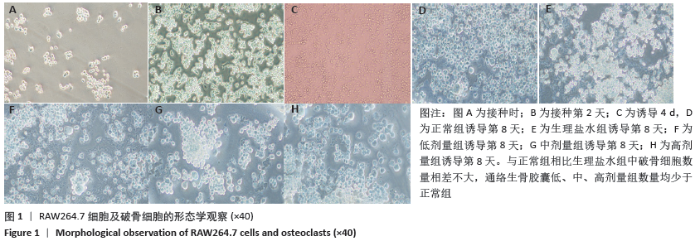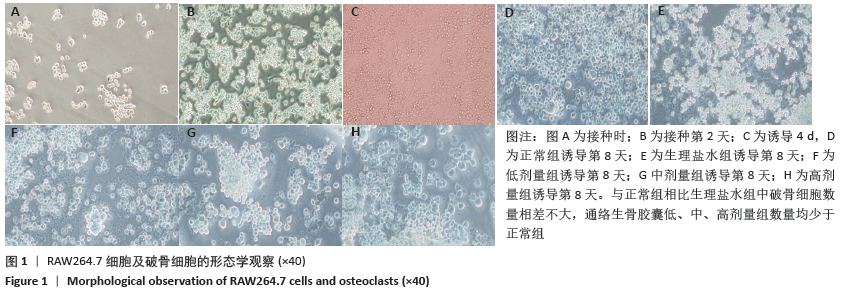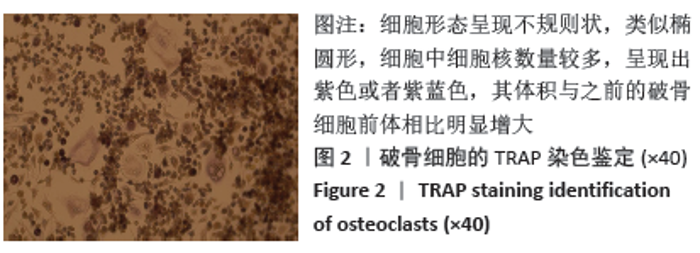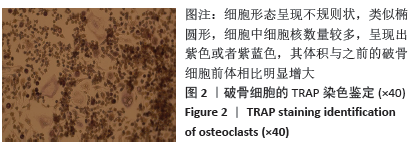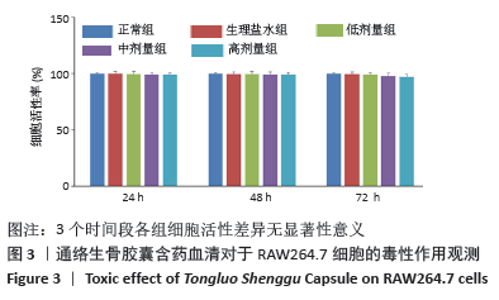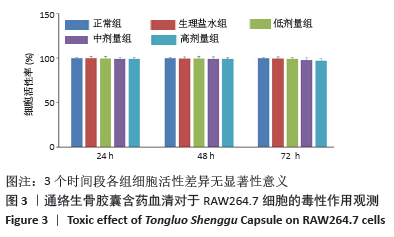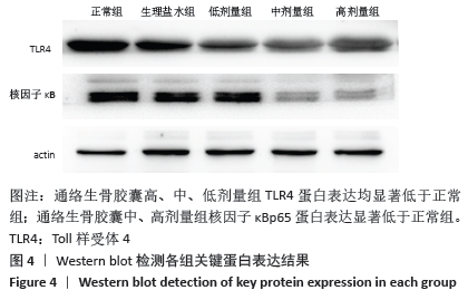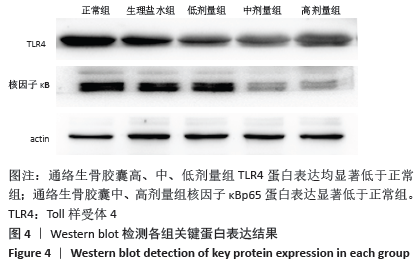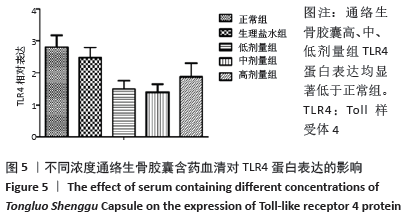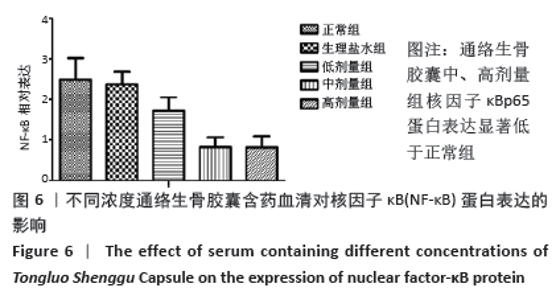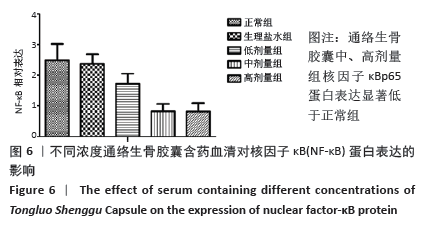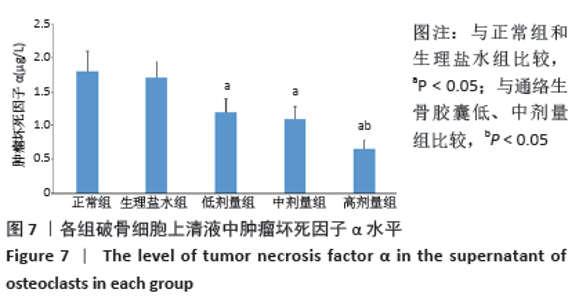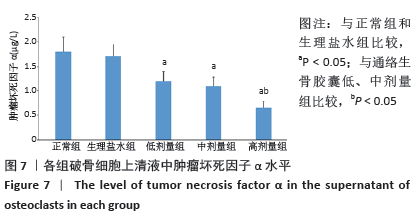[1] TSE SM, MOK CC. Time trend and risk factors of avascular bone necrosis in patients with systemic lupus erythematosus. Lupus. 2017;26(7): 715-722.
[2] CUI L, ZHUANG Q, LIN J, et al. Multicentric epidemiologic study on six thousand three hundred and ninety five cases of femoral head osteonecrosis in China. Int Orthop. 2016;40(2):267-276.
[3] 张玲莉, 陈炳霖, 邹军. 运动影响骨转换:促进或抑制骨细胞/破骨细胞的发育和活性[J]. 中国组织工程研究,2014,18(42):6838-6843.
[4] 邓爽, 彭昊. 激素性股骨头坏死发生机制的新认识[J]. 中国医药导报,2017,14(14):32.
[5] 刘雄,曾平,秦刚,等.系统性红斑狼疮合并激素性股骨头坏死中医证型的血清差异蛋白质组学研究[J].中华中医药学刊,2018, 36(11):2662-2666.
[6] 范思奇,曾平,周怡,等.ITRAQ技术筛选系统性红斑狼疮合并股骨头坏死的血清差异蛋白质组学变化[J].中国组织工程研究,2019, 23(3):476-481.
[7] 赖崇荣,曾平,刘雄,等.SLE合并SONFH患者血清差异表达蛋白筛查[J].山东医药,2018,58(5):9-12.
[8] 田雷, 周东生, 孙水,等. Toll样受体4信号通路过度激活在大鼠激素性股骨头坏死中的作用[J]. 西安交通大学学报(医学版), 2014, 35(5):622-629.
[9] CUI L, ZHUANG Q, LIN J, et al. Multicentric epidemiologic study on six thousand three hundred and ninety five cases of femoral head osteonecrosis in China. Int Orthop. 2016;40(2):267-276.
[10] WANG F, WANG Y, HU N, et al. Risk-Factors, Pathogenesis, And Pharmaceutical Approaches for Treatment of Steroid-Induced Bone Infarction of Femoral Head. Acta Poloniae Pharmace-utica. 2016;73(3): 557-563.
[11] 齐进, 周寒冰, 王晋申,等. 糖皮质激素性骨量减少患者股骨头骨小梁微结构改变[J]. 国际骨科学杂志,2013,34(3):208-210.
[12] 杨俊兴,方斌,徐传毅,等. 通络生骨胶囊对激素性股骨头坏死大鼠骨钙素、降钙素与骨密度的影响[J]. 广州中医药大学学报,2007, 24(1):41-43.
[13] 海阔, 李可大. 通络生骨胶囊(复方生脉成骨胶囊)治疗股骨头坏死142例临床研究[J]. 实用中医内科杂志,2014,28(10):28-30.
[14] 农焦,曾平.通络生骨胶囊治疗早期股骨头坏死临床疗效的meta分析[J].大众科技,2018,20(11):62-65+86.
[15] 朱道宇, 杨前昊, 高悠水,等. TLR4通路与激素性股骨头坏死关系的研究进展[J]. 中国骨与关节杂志,2019,8(1):80-84.
[16] 卢非凡,张启栋,王卫国,等.激素性股骨头坏死信号通路的研究进展[J].中国矫形外科杂志,2018,26(11):1017-1021.
[17] 俞索静,童培建,吴承亮,等. 破骨细胞形成过程中的融合与分裂[J]. 中华骨科杂志,2013,33(1):82-88.
[18] 于世凤. 骨吸收与骨形成[J]. 现代康复,2001,5(9):10-13.
[19] 邱远,丁艳, 徐文岳. TLR2和TLR4的TLR/ IL-1 receptor结构与功能[J]. 免疫学杂志,2014,30(2):166-169.
[20] 朱云霞,王兴兵,汪健,等.TLR2和TLR4活化的骨髓间充质干细胞对人脐血CD34~+细胞迁移能力的影响[J].中国实验血液学杂志, 2015,23(2):512-516.
[21] 孙黎飞,孙志宏,吴强强,等. IL-17等炎性因子在风湿免疫相关性血细胞减少骨髓细胞中的分泌状态及其临床意义[J]. 中国免疫学杂志,2013,29(1):52-56.
[22] 王娜, 张雪梅, 陈立杰. TLR4信号通路与炎症相关性疾病[J]. 中国实验诊断学, 2015,19(5):857-860.
[23] 周立华, 李军, 邹娜姝, 等. TLR2和TLR4相关疾病与药物的研究进展[J]. 细胞与分子免疫学杂志,2014,30(7):767-770.
[24] DE BENEDETTI F. The impact of chronic inflammation on the growing skeleton: lessons from interleukin-6 transgenic mice. Horm Res. 2009; 72(Suppl 1):S26-29.
[25] MILLER RR, CAPPOLA AR, SHARDELL MD, et al. Persistent changes in interleukin-6 and lower extremity function following hip fracture. J Gerontol A Biol Sci Med Sci. 2006;61(10):1053-1058.
[26] SONOMOTO K, YAMAOKA K, OSHITA K, et al. Interleukin-1beta induces differentiation of human mesenchymal stem cells into osteoblasts via the Wnt-5a / receptor tyrosine kinase-like orphan receptor 2 pathway. Arthritis Rheum. 2012;64(10):3355-3363.
[27] WANG D, TAO K, XION J, et al. TAK-242 Attenuates Acute Cigarette Smoke-Induced Pulmonary Inflammation in Mouse via the TLR4/NF-κB signaling pathway. Biochem Biophys Res Commun. 2016;472(3):508-515.
[28] ADAPALA NS, YAMAGUCHI R, PHIPPS M, et al. Necrotic Bone Stimulates Proinflammatory Responses in Macrophages through the Activation of Toll-Like Receptor 4. Am J Pathol. 2016;186(11):2987-2999.
[29] XIE XH, WANG XL, YANG HL,et al. Steroid-associated osteonecrosis: Epidemiology, pathophysiology, animal model, prevention, and potential treatments (an overview). J Orthop Translat. 2015;3(2):58-70.
[30] 马敏,刘万林. TNF-α的表达与激素性股骨头缺血性坏死关系的研究进展[J].内蒙古医学杂志,2011,43(5):588-591.
[31] 普卫,刘德玉,贺西京,等.激素性股骨头缺血性坏死血清中TNF-α变化的实验研究[J].中国矫形外科杂志,2004,12(6):53-54.
[32] 张佳音.TNF-α与激素性股骨头坏死的关系研究进展[J].内蒙古医学杂志,2018,50(3):283-286.
[33] 农焦,曾平.TLR4/NF-κB信号转导通路在激素性股骨头坏死防治研究中的应用[J].中华中医药学刊,2019,37(7):1689-1693.
[34] 朱道宇,杨前昊,高悠水,等.TLR4通路与激素性股骨头坏死关系的研究进展[J].中国骨与关节杂志,2019,8(1):75-79.
[35] 郑元元, 杨京, 陈迪华,等.木豆叶提取物对人的类成骨细胞TE85成骨功能和体外破骨细胞分化的影响[J]. 药学学报,2007,42(4): 386-391.
|
